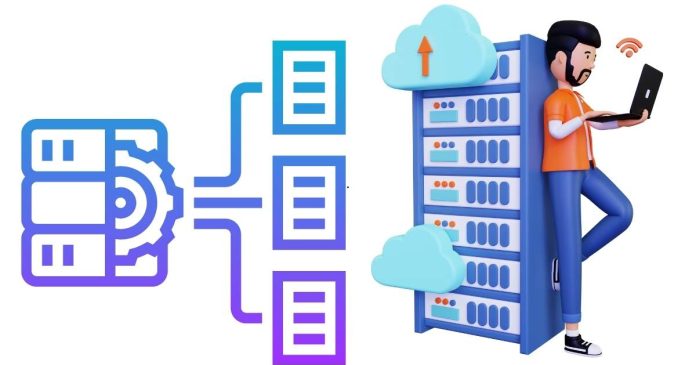A Database Management System (DBMS) is software that facilitates the creation, management, and manipulation of databases. It provides users with the tools to store, organize, and retrieve data efficiently while ensuring data integrity and security. There are several types of DBMSs, each suited for different kinds of applications. Here are some popular examples:
1. Oracle DBMS
Oracle Database is one of the most widely used relational DBMS. It is known for its robustness, scalability, and security features. Oracle supports multi-version concurrency control, which allows for high performance and data integrity in enterprise-level applications. It is often used in large-scale organizations that require complex data management, such as finance and telecommunications.
2. MySQL
MySQL is an open-source relational DBMS that is widely used in web development. It is known for its ease of use, high performance, and support for various platforms. Many popular web applications, such as WordPress and Joomla, rely on MySQL for storing and retrieving data. MySQL is also favored for its community-driven development and extensive documentation.
3. Microsoft SQL Server
SQL Server is a relational DBMS developed by Microsoft. It is widely used in businesses of all sizes for managing and analyzing large sets of data. SQL Server offers advanced security features, business intelligence tools, and integration with other Microsoft products. Its SQL-based query language makes it easy for users to interact with and manipulate data.
4. MongoDB
MongoDB is a NoSQL DBMS that stores data in a document-oriented format. It is highly scalable and flexible, making it ideal for handling unstructured or semi-structured data, such as big data applications or content management systems. MongoDB is commonly used for projects where relational databases might not be suitable.
5. PostgreSQL
PostgreSQL is an open-source relational DBMS known for its standards compliance and extensibility. It supports complex queries, indexing, and foreign keys, making it a strong choice for developers working with both small and large datasets.
Each of these DBMS examples serves different use cases, from traditional relational models to more modern NoSQL solutions.



